“Tanulás alapvető tudományos koncepciókat a tánc és a színház csapok be sok diák’ sürgeti, hogy mozogni. Ez a megközelítés lehetővé teszi a kreativitás, valamit, ami a hagyományos tananyag elfojtja.” – Timothy Weinstein
Ülő tanítás és hallgatási nem csak veszíteni a diákok érdeklődését, könnyen, hanem megakadályozzák a diákok kreativitásának, homogenizáló tanulók individualitások szeleteket egy öntőformába. How do we create new models of learning that can engage all students? Mint például, how might theater and dance enhance science? GŐZ (STEM+Art) education incorporates art into the curriculum, enabling students to “move around” both physically and academically, and actualize their individual potentials.
Timothy Weinstein is a STEAM teacher at Turner Intermediate School (Wilkinsburg Borough School District, Pennsylvania), who focuses on integrating arts into the STEAM Classroom. Timothy’s story began a few summers ago when he took part in an arts integration workshop. During the program, a theater workshop focused on teaching kids the value of empathy; he realized that he could expand the strategy to other subjects, even the STEM subjects. In his school, many students still struggle with both academic challenges and behavioral issues, which is why incorporating art into the curriculum is paramount. While Weinstein still uses traditional teaching methods to prepare students for standardized tests, he believes that “utilizing a kinesthetic approach” that allows for creativity could be a game changer. Ma, Weinstein’s innovative program uses “6 Habits of the Mind” as a framework to support the curriculum.
A Global Search for Education is pleased to welcome Timothy Weinstein to talk about his unique and interdisciplinary approach to learning.
“Collaboration is one of the 6 Habits of Mind that I use to frame all of the learning in my classroom. A másik 5 are Building, Coding, Kitartás, Problem-Solving, and Investigating.” – Timothy Weinstein
Timothy, please walk us through the process you use in your model.
I want to first clarify that this approach isn’t used every day and was used for a special arts integration project. No two lessons are the same and many different strategies are used. A typical lesson starts with a brief video to introduce an academic concept. Students then warm up their bodies with the resident artist, followed by a slightly more in-depth discussion of the academic concept. Néha, the students are given a group task in which they use dance or theater to demonstrate their understanding of the topic. Other times, students work with the resident artist to learn a dance that demonstrates the topic. Each lesson always ends with students performing their gestures as a part of a summary discussion of what they have learned.
What do you think is unique about your approach? How does it enhance the education of core academic concepts?
While every classroom teacher teaches core academic concepts and many schools have classes to teach dance or theater, nobody combines the two. Valójában, in this era in which budgetary concerns are the priority of schools, special area classes such as art and music are the first to be cut. Bringing arts into the traditional classroom is a strategy to preserve this slowly dying but essential component in a comprehensive educational program. Throughout the unit, I had many interesting discussions with the resident artists and we tried to find a balance that allowed them to teach their art while, ugyanabban az időben, support the academic concepts students were learning in the classroom. As we all know, very little learning is done kinesthetically in traditional schools. Learning core academic concepts through dance and theater taps into many students’ urges to move around. Ez a megközelítés lehetővé teszi a kreativitás, something that traditional curriculum stifles.
Collaboration is one of the “6 Habits of the Mind” you use to frame learning in your classroom. What are the others?
Collaboration is one of the 6 Habits of Mind that I use to frame all ofthe learning in my classroom. A másik 5 are Building, Coding, Kitartás, Problem-Solving and Investigating. Regardless of the activity or project, students are expected to collaborate with each other in my classroom. During this unit, students always work in groups to develop their gestures to show their understanding of a topic.
The more voice and choice a student has, the more likely he or she is to “buy in” hogy egy tevékenységet.” – Timothy Weinstein
Mennyi diák hang és a választék épülnek be a programba?
Míg a diákok nem a választás, amely a tudományos készség fognak tanulni, Az elvárás a kreativitás segítségével a diákok hangját, hogy jöjjön át. A művészeti integrációs projekt már említettem, minden gesztus vagy cselekvés a diákok létre, hogy megmutassák megértéséhez egy téma egyedülálló volt. The more voice and choice a student has, annál valószínűbb ő az, hogy „vásárolni”, hogy egy tevékenység. Azt is szeretném megosztani ez a videó hogy jött létre, mint egy wrap-up A projekt Fall 2018.
How are you assessing the students?
Many people feel that issuing grades in a STEAM classroom stifles creativity and limits learning. Így, when I design a project, I try to avoid giving students a fixed rubric to follow. Helyette, I look at how
each student demonstrates implementation of “the 6 Habits of Mind”. Például, I would look at how much a student perseveres when a problem is challenging or how well they collaborate with their classmates. Even though students enter my classroom with vastly different skill sets and two students might produce very different finished projects, they might get the same “grade” in the end.
What process would you recommend to another school who wants to be involved in your program?
I would recommend a 5-step process:
- Locate a local arts partner.
- Identify the academic concepts to be taught.
- Create an appropriate schedule.
- Gather and organize your media.
Step out of your comfort zone.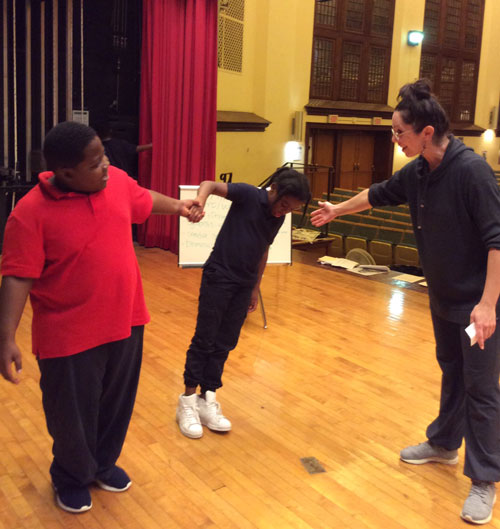
“Aside from finding the money to pay the resident artists, the biggest challenge to successfully implement the arts integration unit was managing the logistics of the schedule.” – Timothy Weinstein
How would you describe progress to date and what are the biggest challenges you’ve faced?
Aside from finding the money to pay the resident artists, the biggest challenge to successfully implement the arts integration unit was managing the logistics of the schedule. Not only did I have to be considerate of the resident artist’s time, I also had to negotiate with other teachers to get the extra time needed for each lesson. Though I do not have quantitative data, I have plenty of qualitative data that shows that while many students were reticent at first to participate, by the end of the unit, the vast majority had bought in to the approach.
How can you keep your program up to date and relevant?
The good thing about STEAM is that because it is such a diverse field, there is no “right” way to teach it. Valójában, developing a fixed curriculum as you would for a math or ELA class would be inappropriate. When I was a child, I learned BASIC. Ma, students learn Javascript, például. BASIC and Javascript are very different, yet they are both languages for coding. As long as I focus on “the 6 Habits of Mind” and not on the specific content, my program will always be relevant.
Thank you Timothy.
C M Rubin és Timothy Weinstein
Köszönjük, hogy a 800 plusz globális közreműködők, tanárok, vállalkozók, kutatók, üzleti vezetők, diákok és szellemi vezetők minden domaint megosztja perspektívák a jövőben a tanulás A Global Search for Education minden hónapban.
C. M. Rubin (Cathy) az alapító CMRubinWorld, egy online kiadása társaság középpontjában a jövőben a globális tanulás és a társ-alapítója Planet Classroom. Ő a szerzője három bestseller könyvet és két széles körben olvasott internetes sorozat. Rubin kapott 3 Upton Sinclair Awards „The Global Search for Education”. A sorozat, amely támogatja az összes tanuló indult 2010 és összehozza előkelő szellemi vezetők a világ minden tájáról, hogy vizsgálja meg a legfontosabb az oktatás problémáira nemzetek.
Kövesse C. M. Rubin on Twitter: www.twitter.com/@cmrubinworld

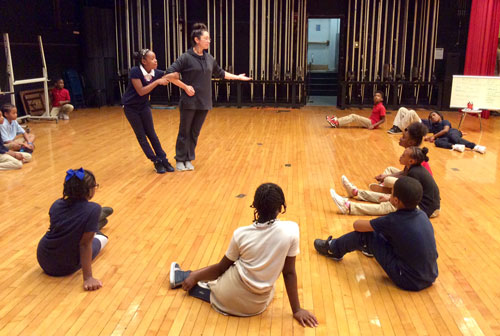
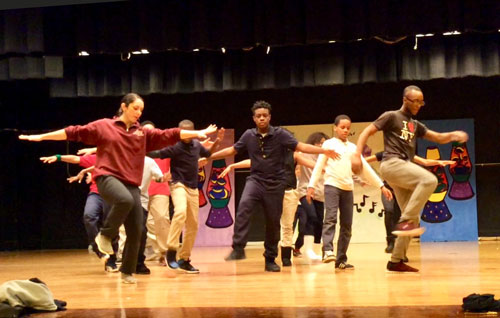
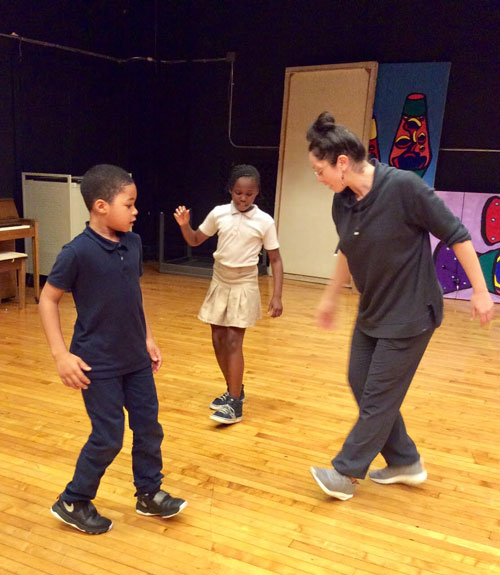

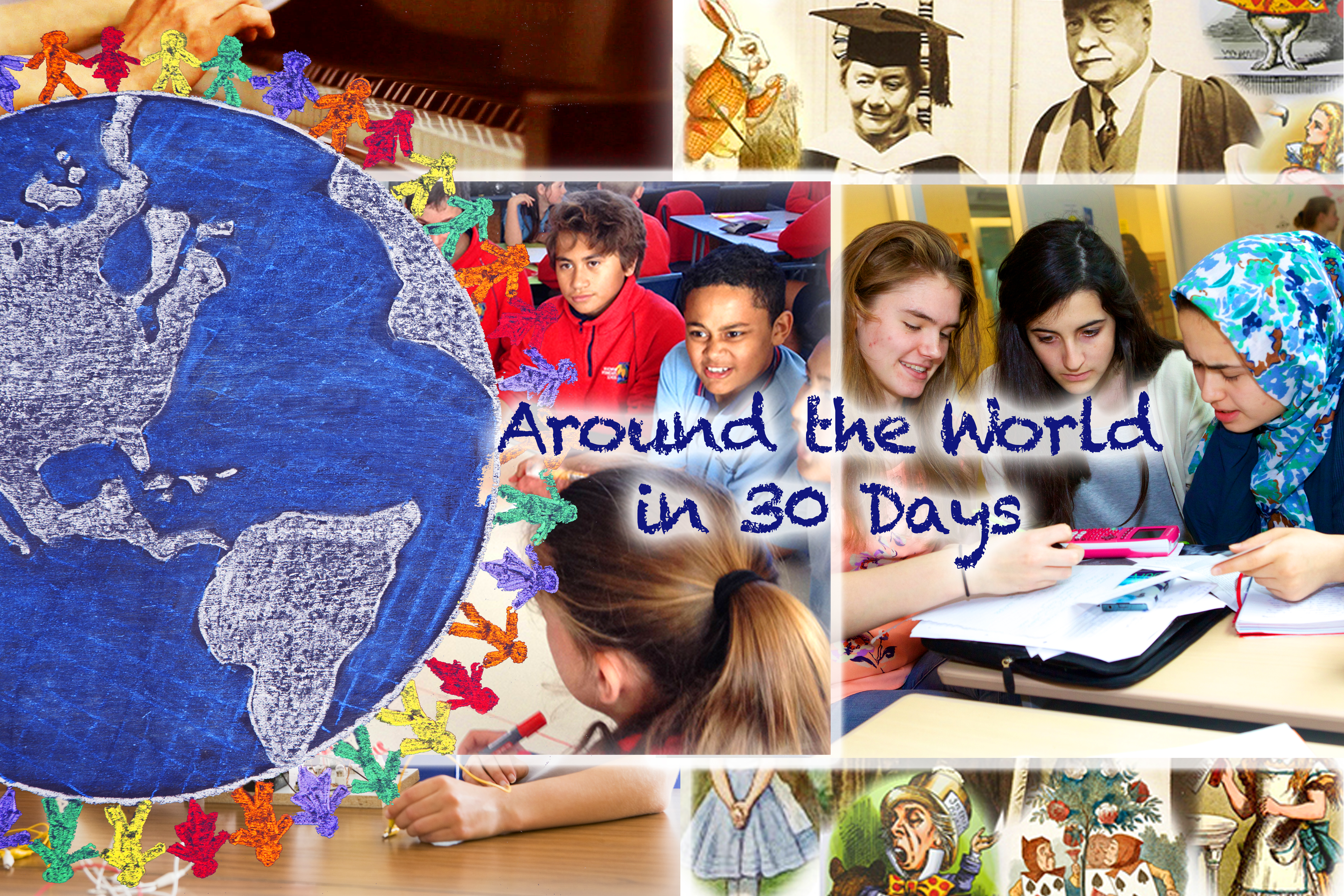

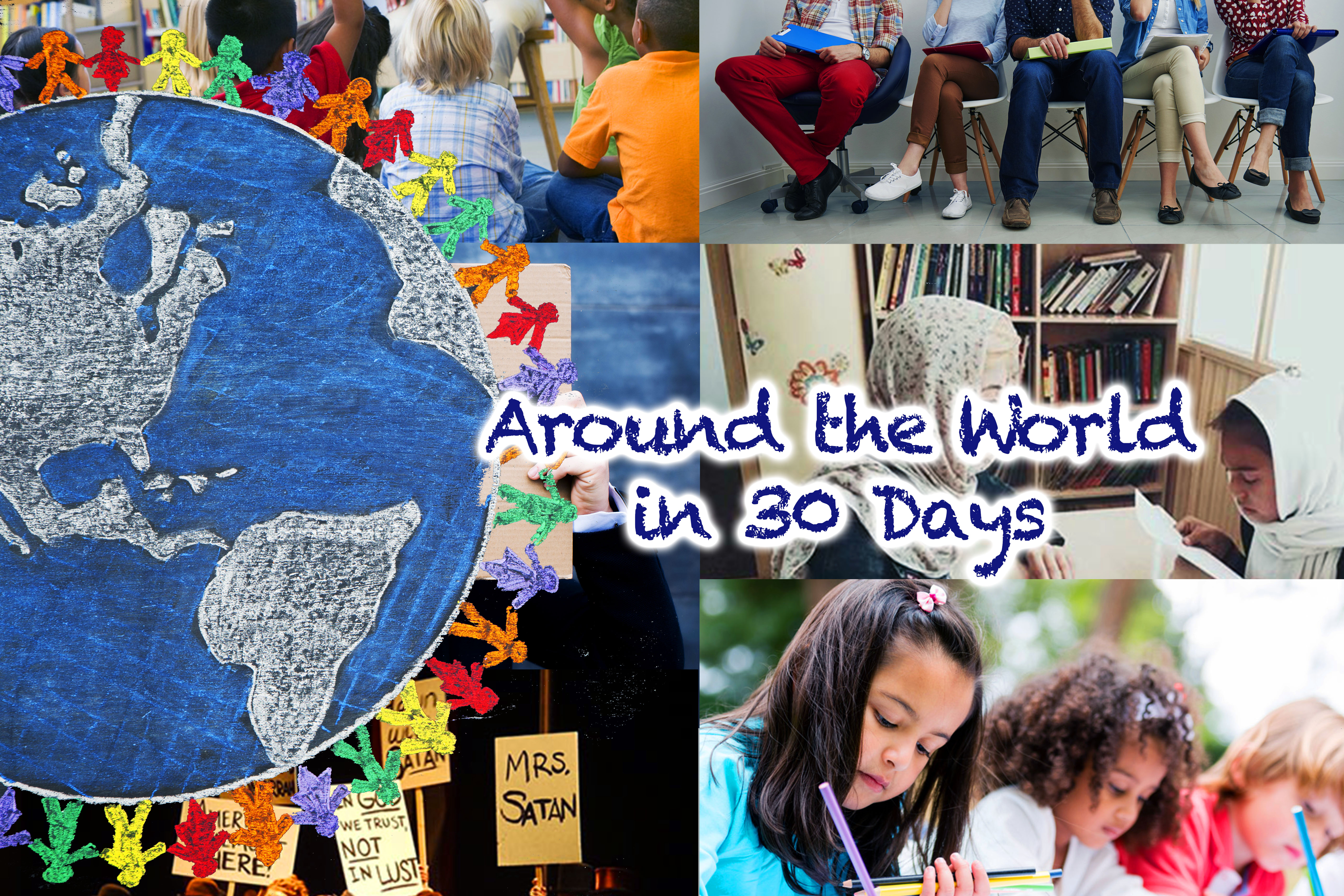

Legutóbbi hozzászólások